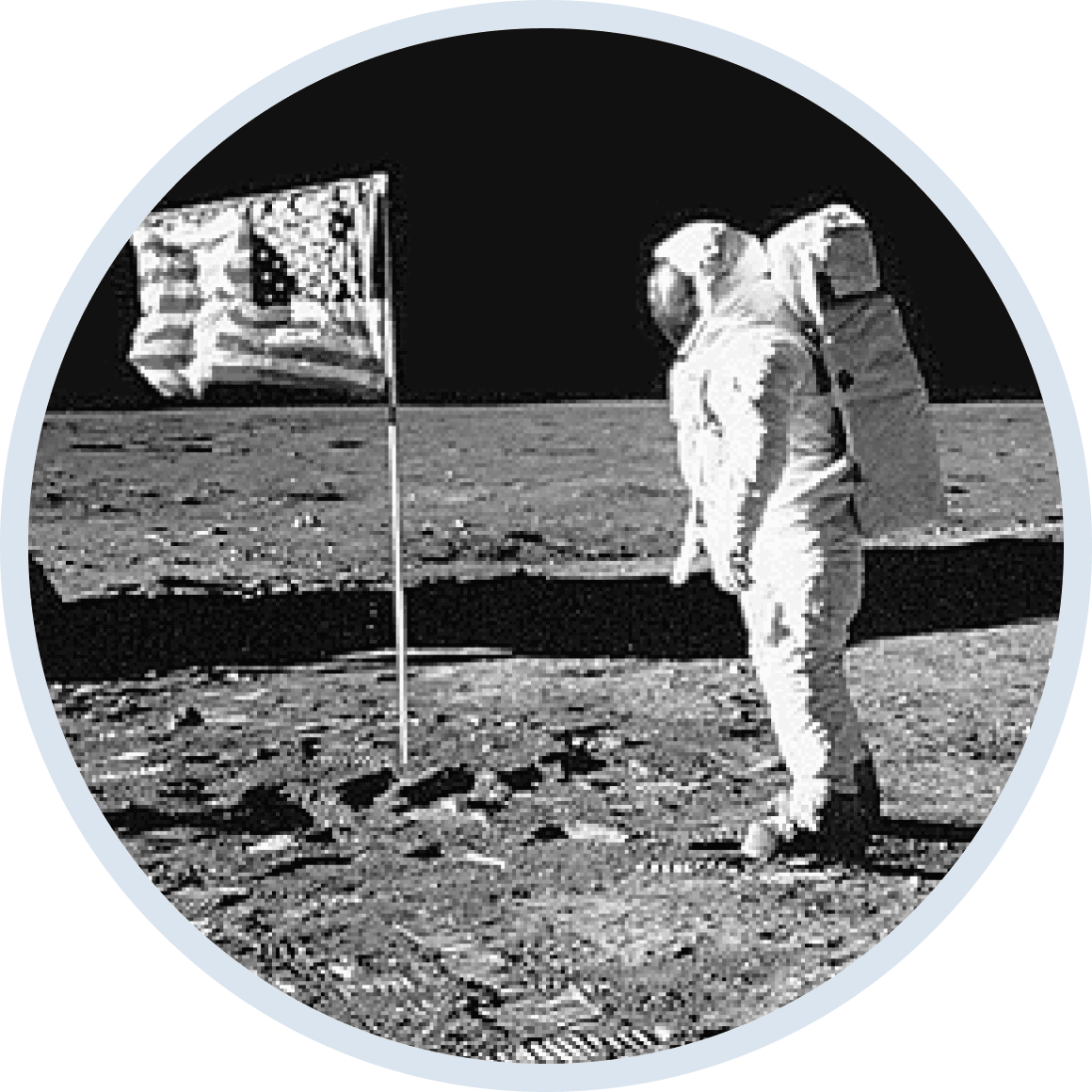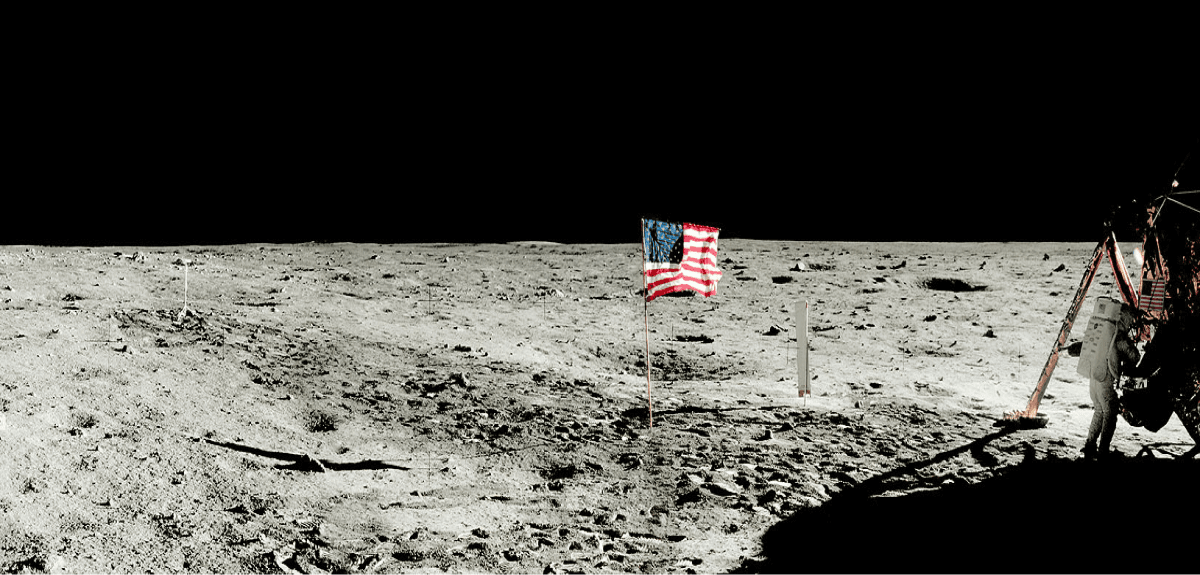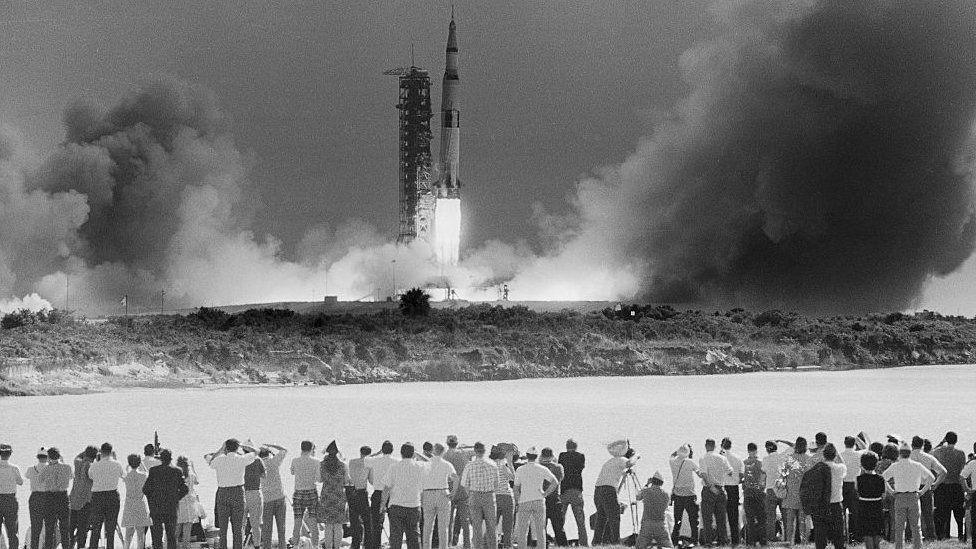
Apollo 11
16th July 1969
By Rebekah Leonard
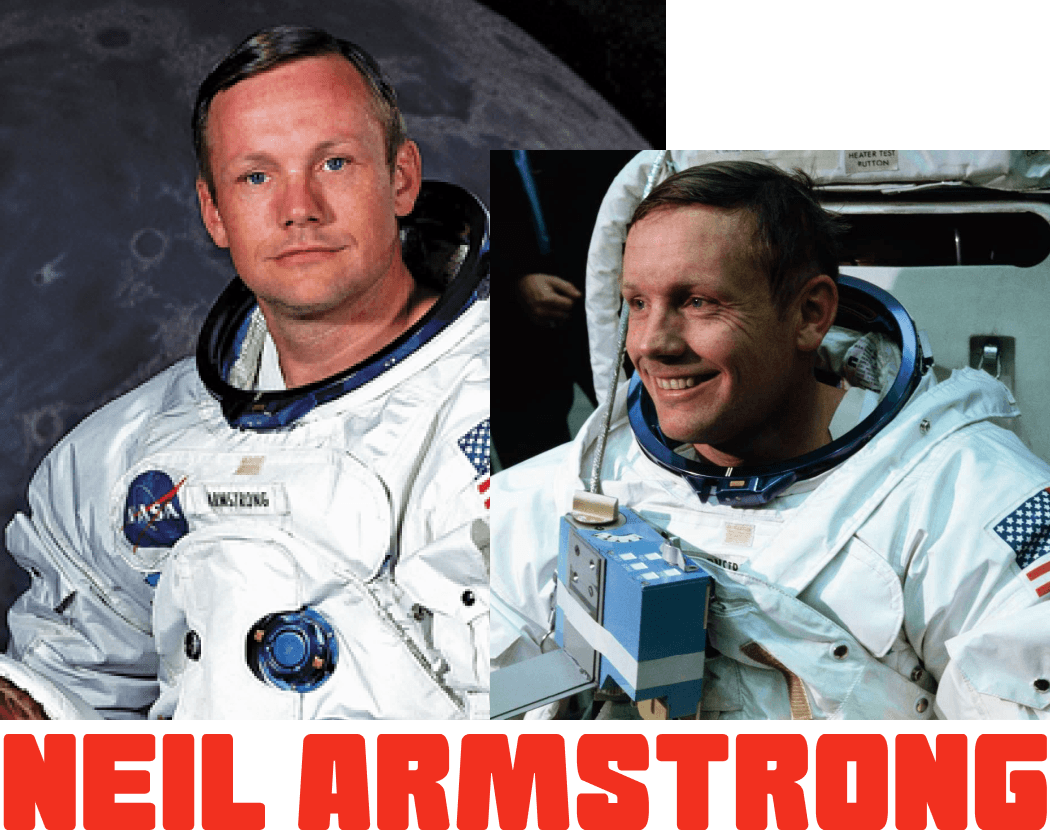
The Commander
Neil Armstrong was the eldest of three children born to Viola Louise Engel and Stephen Koenig Armstrong,. Neil’s passion for aviation and flight was kindled when he took his first airplane ride at age 6.
. He became a licensed pilot on his 16th birthday and a naval air cadet in 1947. His studies in aeronautical engineering at Purdue University in West Lafayette, Indiana, were interrupted in 1950 by his service in the Korean War, during which he was shot down once and was awarded three Air Medals.
He completed his degree in 1955 and immediately became a civilian research pilot for the National Advisory Committee for Aeronautics (NACA), later the National Aeronautics and Space Administration (NASA).
The Lunar Lander Pilot
Buzz Aldrin, original name Edwin Eugene Aldrin, Jr., (born January 20, 1930, Montclair, New Jersey, U.S.), American astronaut who was the second person to set foot on the moon.
A graduate of the US Military Academy, West Point, New York (1951), Aldrin became an air force pilot.
Aldrin later served in West Germany. In 1963 he wrote a dissertation on orbital mechanics to earn a Ph.D. from the Massachusetts Institute of Technology, Cambridge. Later that year he was chosen as an astronaut.
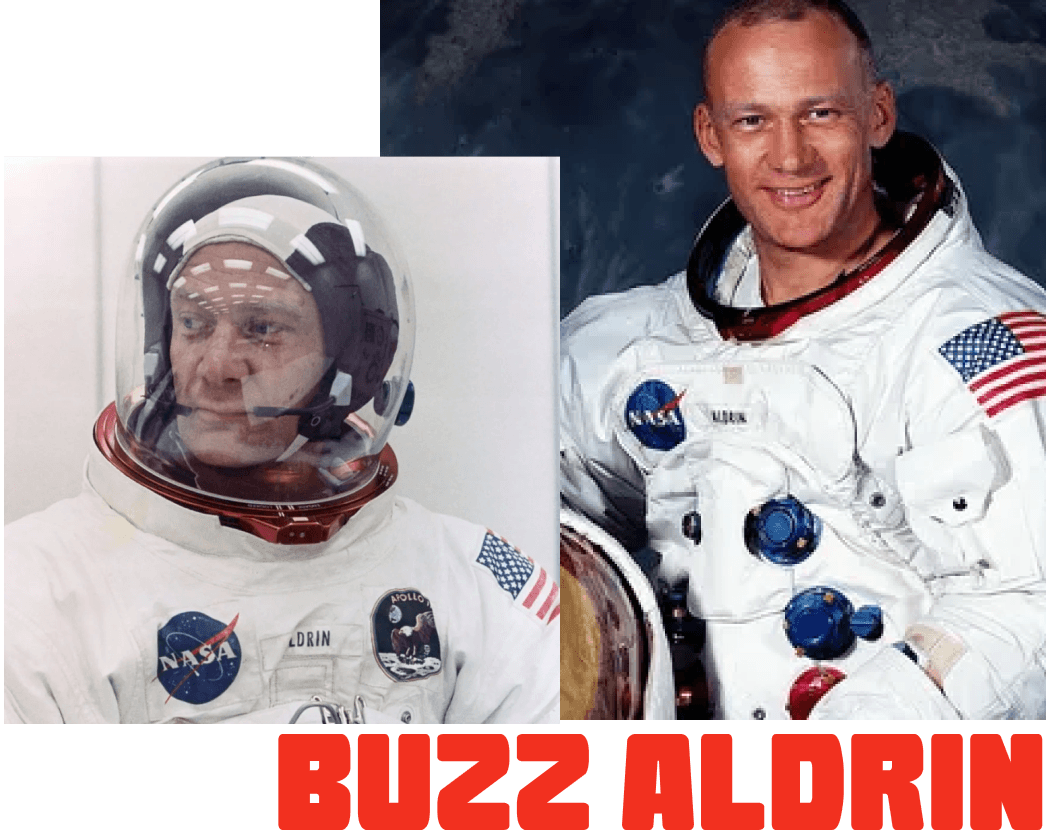
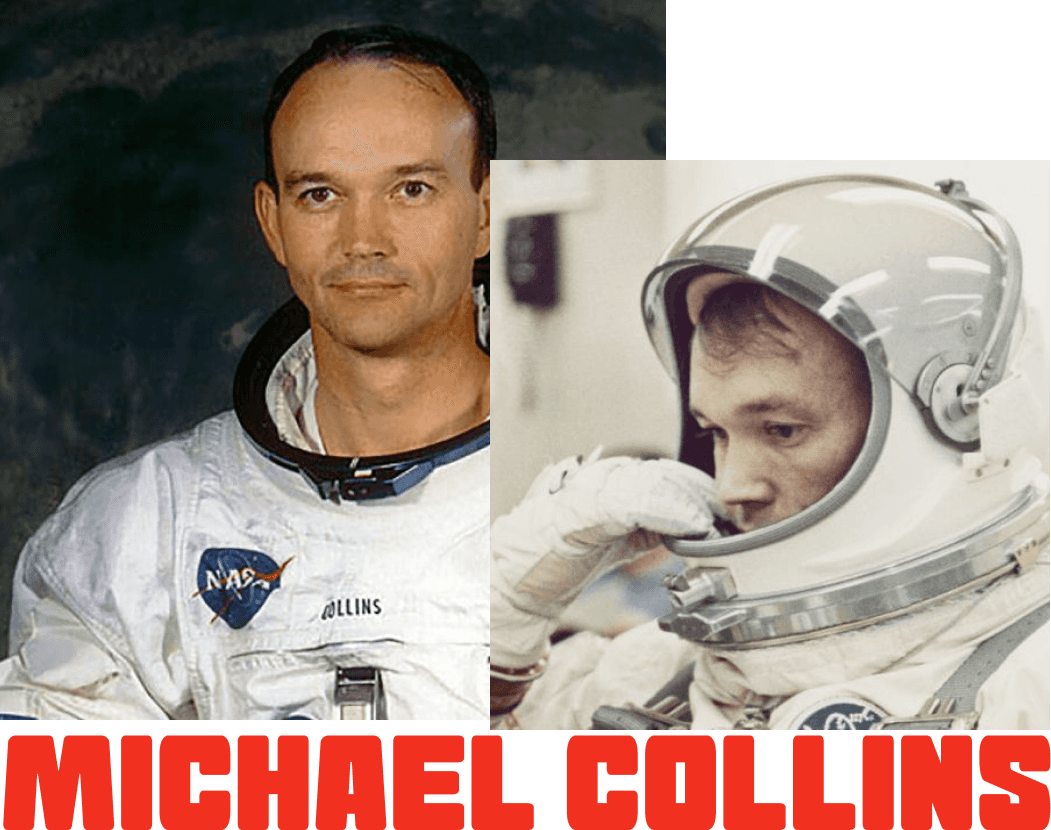
The Commander Module Pilot
Michael Collins, (born October 31, 1930, Rome Italy—died April 28, 2021, Naples, Florida, U.S.), was a U.S. astronaut who was the command module pilot of Apollo 11 the first crewed lunar landing mission.
A graduate of the US Military Academy at West Point, New York, Collins transferred to the air force, becoming a test pilot at Edwards Air Force Base in California. He joined the space program in 1963.

Take Off
The journey of the Apollo 11 mission from its launch on July 16, 1969, until the return splashdown on July 24, was witnessed via television by hundreds of millions of people in nearly every part of the globe. The pulse of humanity rose with the giant, 111-metre high, 3,038,500-kg Saturn V launch vehicle as it made its flawless flight from Pad 39A at Cape Kennedy, Florida, before hundreds of thousands of spectators.
The third stage of the Saturn then fired to start the crew on their 376,400-km journey to the Moon. This is the equivalent to flying round earth 9.4 times. The three astronauts conducted their transposition and docking manoe=uvres, first turning the command module, Columbia, and its attached service module around and then extracting the lunar module from its resting place above the Saturn’s third stage. On their arrival the astronauts slowed the spacecraft so that it would go into lunar orbit.
"Houston
Tranquility Base here
the Eagle has landed"
-Neil Armstrong
The Descent
On the morning of July 20, Armstrong and Aldrin crawled from the command module through an interconnecting tunnel into the lunar module, Eagle. Toward the end of the 12th lunar orbit, the Apollo 11 spacecraft became two separate spacecraft: Columbia, piloted by Collins, and Eagle, occupied by Armstrong and Aldrin.
By firing Eagle’s propulsion system, the two astronauts changed from their nearly circular orbit to an elliptical course whose closest approach to the Moon was only 15,000 metres. At this low point they again fired their engine, this time to undergo the powered descent initiation manoeuvre. Five times during the descent, the guidance computer triggered an alarm that its memory was full, but simulations before the mission showed that a landing could still happen despite the alarm so mission Control told the astronauts to continue the descent.
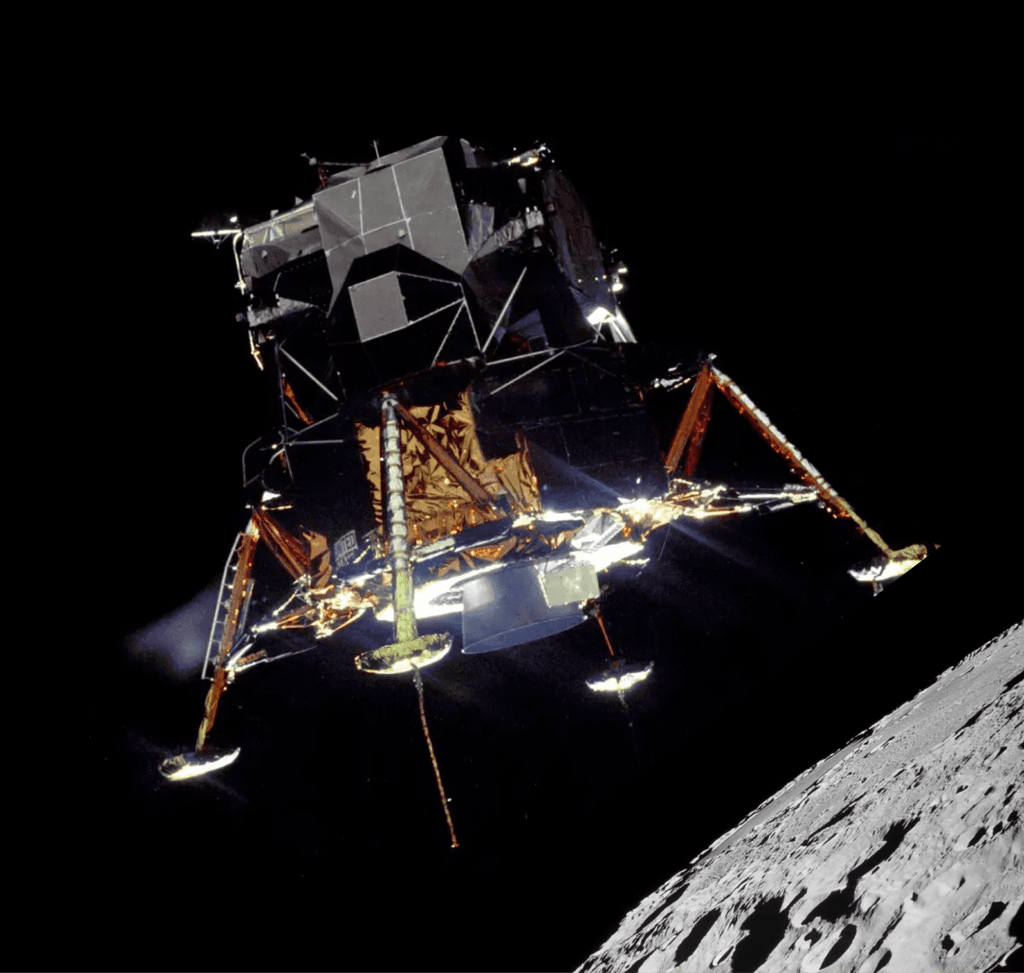
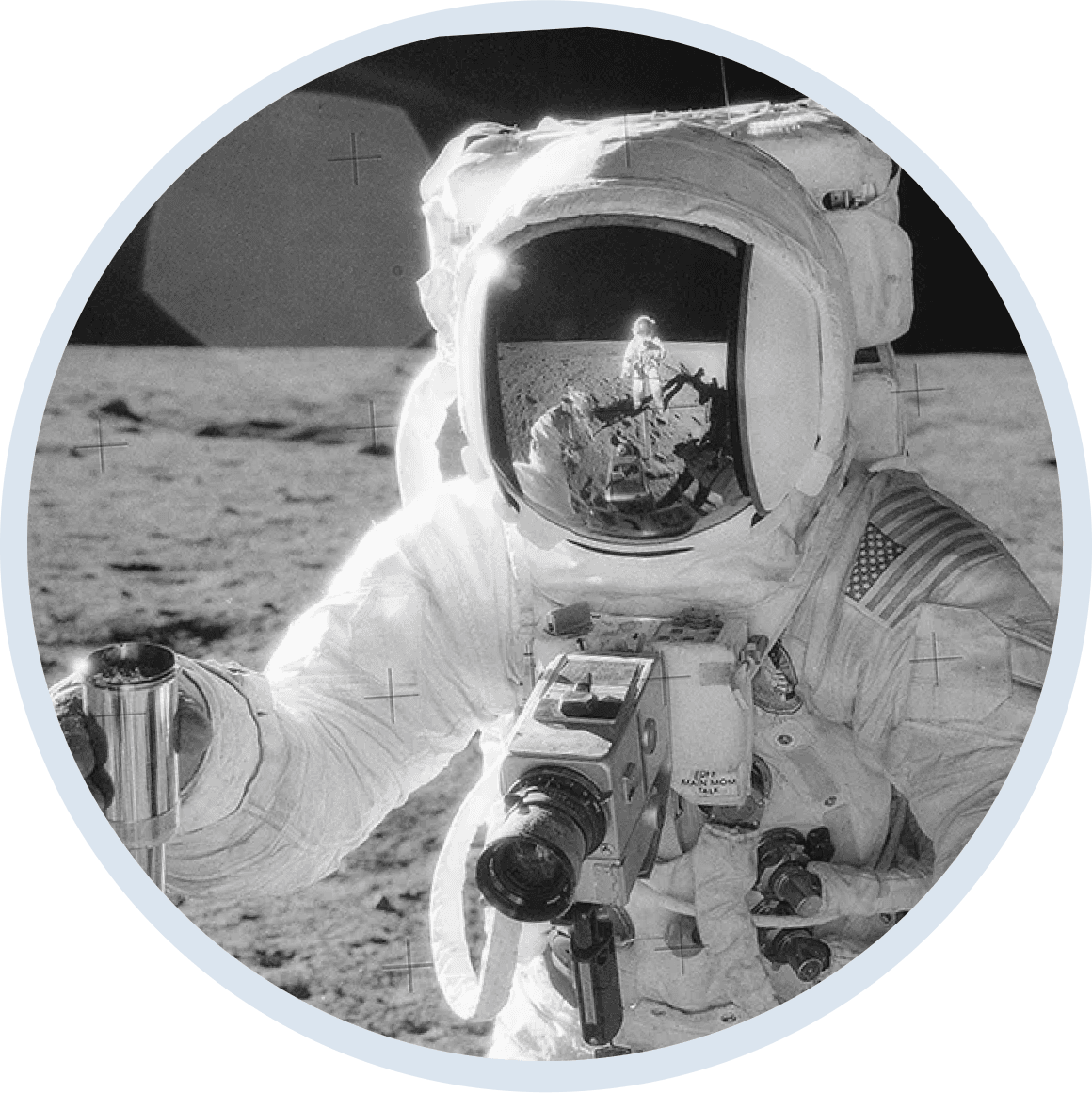
The landing
At 10:56 PM on July 20, Armstrong stepped out onto the lunar soil. He immediately described the surface as “fine and powdery” and said that there was no difficulty moving about. Aldrin joined his companion about 20 minutes later.
During their moon walk of more than two hours, Armstrong and Aldrin set up a device to measure the composition of the solar wind reaching the Moon, a device to receive laser beams from astronomical observatories on Earth to determine the exact distance of the two bodies from one another, took about 23 kg of rock and soil samples and many photographs.
Touchdown!
During their moon walk of more than two hours, Armstrong and Aldrin set up a device to measure the composition of the solar wind reaching the Moon, a device to receive laser beams from astronomical observatories on Earth to determine the exact distance of the two bodies from one another, took about 23 kg of rock and soil samples and many photographs.
